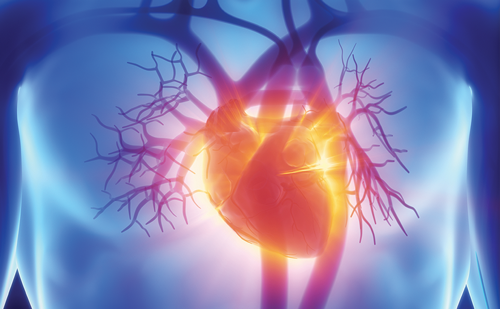Introduction and methods: Cardiac implantable electronic device (CIED) procedures are associated with complications. Our centre has incorporated multiple measures to minimize implant complications, but the rates of complications in contemporary clinical practice are not well described. We avoid heparin bridging, interrupt direct oral anticoagulants 48 hours before procedures, and maintain an international normalized ratio of ≤2 in warfarin patients unless in an emergency or with metallic valves. Infection prevention strategies include single-dose pre-procedural antibiotic, intra-pocket gentamicin, 3M™ Ioban™ skin cover, and Medtronic TYRX™ envelopes for high-risk cases. We only implant active right ventricular and atrial leads. Active fixation left ventricular (LV) leads predominate. Our retrospective analysis was performed to assess the overall complication rates and identify the risk factors for bleeding, infection and lead displacements. Clinical records of consecutive implants (including upgrades and box changes) were examined between 01/2019 and 03/2020 in a single tertiary centre. The mean follow-up was 22.1 months.
Results: A total of 903 patients were included (722 new implants, 122 generator changes, 17 generator changes with lead revisions, 17 Micras and 25 upgrades). The mean patient age was 74 years and 68% were male. One-third of the patients were affected by significant comorbidities, including chronic heart failure, chronic renal failure and diabetes mellitus. The global complication rate was 8.1% and included: haematoma (1.7%), lead displacement (2.4%), pericardial effusion (1.8%), pneumothorax (0.6%), superficial skin infection (0.8%), pocket infection (0.2%), sepsis (0.2%) and significant changes in lead parameters (0.6%). No deaths were identified as being directly associated with the device procedure. The overall complication rate was higher in patients on oral anticoagulation therapy (OR 0.53, 95% CI 0.32–0.87; p=0.013). Advanced age and reduced left ventricular function (ejection fraction <40%) were associated with infection (OR 0.96 [95% CI 0.92–1.0], p=0.024 and OR 4.9 [95% CI 1.32–23.7], p=0.024, respectively). Pneumothorax was inversely associated with body weight (OR 0.95, 95% CI 0.88–0.99; p=0.017). Haematoma occurred more frequently in cephalic access (vein cut down technique) (OR 6.06, 95% CI 1.84–21.4; p=0.003). Infection occurred mainly in permanent pacemakers (OR 0.14, 95% CI 0.02–0.55; p=0.012) and cardiac resynchronisation-pacemaker implants (OR 6.71, 95% CI 1.90–22.7; p=0.002). Overall, 64% of LV leads had an active fixation mechanism. In contrast, the passive lead, Abbott Quartet™, was associated with overall complications (OR 6.6, 95% CI 1.60–34.6; p=0.013).
Conclusion: Contemporary measures appeared to be effective in maintaining a low CIED infection rate. However, haematoma formation and LV lead displacements remained significant. Cephalic access was associated with relatively higher haematoma rates than those quoted in most published data. The Quartet™ lead was associated with a relatively high displacement rate. ❑











